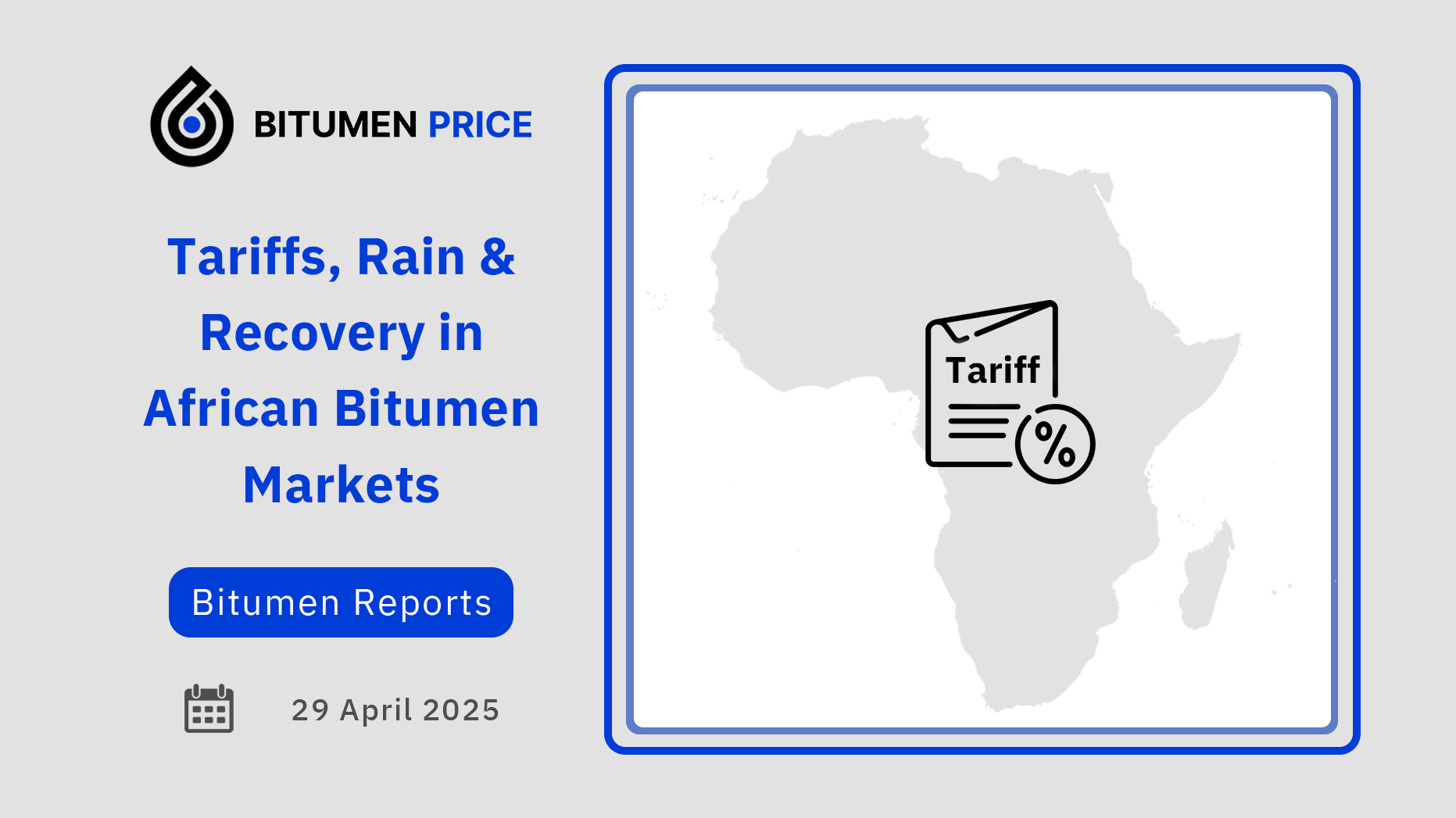In its latest Regional Economic Outlook published on April 25, the IMF highlighted that sub-Saharan Africa’s economic recovery, following four years of instability, is now under pressure again. The report cited several factors, notably “a series of sizeable tariff measures by the United States,” that have made recent economic challenges and disrupted progress.
Rising Prices in West Africa
In West Africa, activity levels were moderate. A new wave in Mediterranean HSFO cargo prices, on top of the previous week’s $17 per ton increase and rising freight costs, left delivered prices too high to spark meaningful buying activity. The combination made imports increasingly unattractive for regional buyers.
Static Demand in Nigeria
Nigeria maintained steady construction activity, but demand remained lukewarm as the dry season neared. Import volumes from outside the region were low, but this did not yet result in supply concerns. Domestic ex-works truck prices remained unchanged at $807 per ton, showing no movement for several weeks.
Mixed Signals in East Africa
East Africa saw varied pricing trends. Iranian bulk bitumen export prices declined, whereas drummed bitumen values inched up. Despite this shift, freight rates for shipments from Bandar Abbas and Jebel Ali to Mombasa, Dar es Salaam, and Djibouti remained unchanged at $105–130 per ton, with no revisions in direct or trans-shipped freight quotes from IRISL or international lines.
Rain Slows Activity in Kenya
Kenya’s bitumen market began to cool with the arrival of the rainy season, which also affected neighbouring Uganda and Ethiopia. This followed a strong April performance, driven by government debt payments to contractors, which had boosted road projects and import demand. As precipitation increased, construction schedules started slowing again.
Holiday & Rain Slowed South Africa
In South Africa, bitumen demand dropped due to a holiday and continued rainfall. Construction activity fell, while domestic truck prices and freight rates from Durban and Cape Town declined, thanks to strong supply levels and a firmer South African Rand, making imports slightly more affordable but demand softer.
What’s your outlook on the African bitumen trade? Let us know your thoughts in the comments, and subscribe to our newsletter for weekly updates.
Charts

